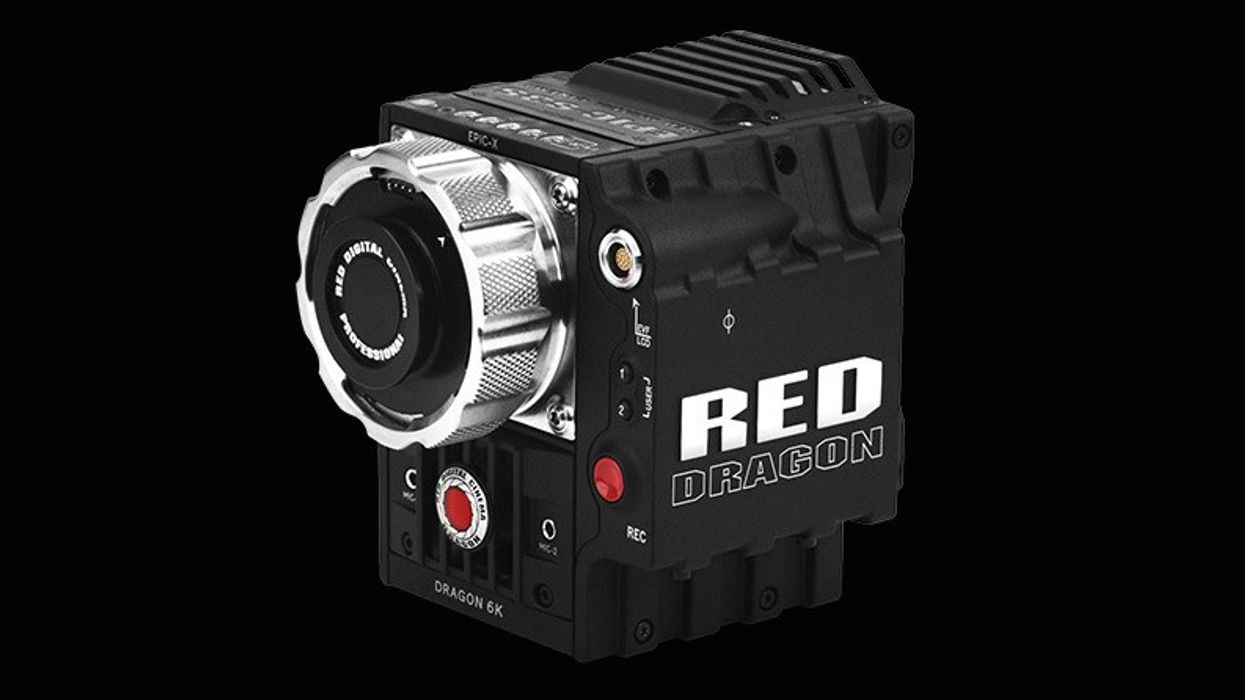'House of Cards' Season 3 Was Shot on RED EPIC DRAGON & Actually Finished in 6K

Netflix's House of Cards, which just aired its third season, has been shooting on RED since the beginning. While the show is just starting to experiment with streaming in Ultra HD (3840 x 2160), since they shot on the RED EPIC DRAGON in 6K, they were able to create 6K masters of the show (in addition to 4K masters).
Encore in Hollywood handled the post-production for Season 3:
“We mixed the native camera files and uncompressed 6K files … and conformed in [Autodesk’s] Flame, staying as native as possible," says Strauss. Colorist Laura Jans-Fazio graded the series using FilmLight's Baselight system.
Encore claimed it created 6K archive masters that were roughly 5.5TB for each one-hour episode, as well as a 4K version, roughly 2.5TB per one-hour episode, which was delivered to Netflix. Since 4K is four times as much picture information as HD and 6K is even greater, post houses generally say the cost increases for 4K primarily surround data storage.
The representatives from Encore evaded specific questions about the House of Cards budget, only offering that it didn’t charge a premium compared with last season, which was already being finished in 5K to create a 4K Netflix master.
Those are some gigantic file sizes. One of the benefits to shooting on RED is that the compressed RAW format saves a ton of space, but for the masters they are going back to uncompressed DPX, which means your master file sizes are much higher than they would be for camera original files.
Here's the trailer for Season 3, which if you haven't seen the previous two seasons, might spoil things a tiny bit:
Considering Netflix is already spending millions per episode and they've got pretty deep pockets, it makes sense to have a full 6K version that they can do whatever they want with later on. We'll see in the future if they need those 6K masters for any reason, but if you're wondering why you'd want to shoot in 6K in the first place, when you've got cameras that have just one sensor, each pixel can only represent one color. Thus, when you Debayer, or interpolate the image to get back the missing information, you're losing resolved detail. If all things are equal, a 6K image downsampled to 4K should look sharper than a 4K image finished at 4K.
It's also possible that some of those 6K shots were reframed/stabilized and upscaled back to 6K for the masters, but by shooting in 6K, it means that they've got the ability to do those sorts of things to shots that need it, and they don't need to upscale for the 4K masters that are actually streaming on Netflix.
Source: The Hollywood Reporter











